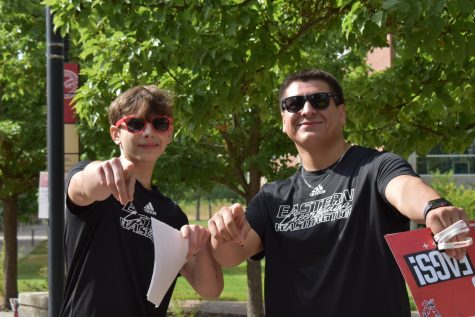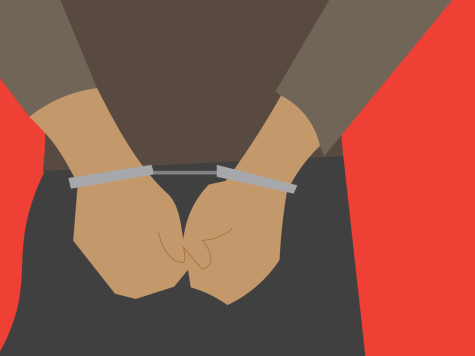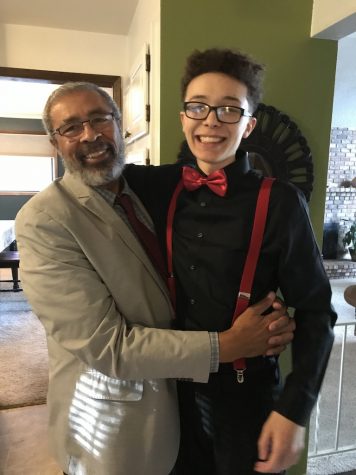Cheney and Spokane drivers need to revisit driver’s education
January 11, 2015
After the first snowfall of the year, I always wonder if some people have forgotten that when driving in the snow, they need to be more cautious than usual.
In Driver’s Education, my instructor taught us about safe following distances, the “point of no return” at stop lights and at what speed drivers should take turns. After every lesson, he always reminded the class that the rules need to be adjusted when the roads are slick. For example, the normal following distance of four seconds should be multiplied by two for slick roads.
As I drove home for the holidays on the snow-covered roads, I witnessed at least four car accidents within 50 miles. When I reached my destination, I heard on the news that Spokane nearly ran out of ambulances due to all of the accidents that day.
People, when there is ice, snow or even rain on the roads, they are going to be slick. You will not be able to stop, turn or accelerate as fast as you normally would. It is not that difficult to adjust your driving to the conditions.
I am not saying that all accidents can be avoided. I myself have been in one that I had absolutely no control over, but I have also avoided many accidents by being cautious. If you pay attention to your surroundings, you can adjust to them faster.
The reason for my rant is when people drive recklessly in the snow and ice, they put other people into life-threatening situations. Just in the month of December, I have almost been hit three times due to drivers being reckless in icy conditions.
One of these times, I was driving on a road with an extremely sharp turn; during normal conditions, it should be taken at 25 miles per hour, but with ice covering the road, it should be taken at 10 miles per hour. As I approached the turn, I looked ahead to see a pickup truck coming up on the turn way too fast.
I began to slow down to a stop, knowing that as soon as that truck hit the ice, the vehicle would begin to slide out of control. As the truck hit the ice and began to slide, the driver could not regain control of her vehicle and was headed straight for me.
I was saved by a small patch of dry pavement that was a few feet from my car. When the truck hit the dry spot, the driver was able to swerve and avoid my car. If there hadn’t been a small space between the trees where the sun could melt a small spot of ice, the truck would have hit me.
Would it really have been that hard for the driver to slow down? People need to pay attention while driving, especially when there are other lives at risk besides their own.
My suggestion is that people look ahead at the roads and other traffic and adjust accordingly. If there are ice patches, slow down. If other people are speeding, slow down and give them more room. If you have somewhere important to go, check the whether and leave with enough time to drive slowly and safely.
Preparing yourself for dangerous conditions during the winter months could make a huge difference in someone’s life. Purchasing snow tires, or using chains, improves traction and lowers the chances of sliding.
Small decisions such as these could save time and lives. Pay attention and remember: it is better to be safe instead of sorry.


















Gareth Batty • Jul 31, 2019 at 1:03 pm
Could not have said this better myself. This is a great article, and I appreciate you taking the time to write it.I have Online Driver’s Ed. Institution in Colorado for a long time and have trained many students.There are many things I try and teach drivers on it, and i am going to reference this article.